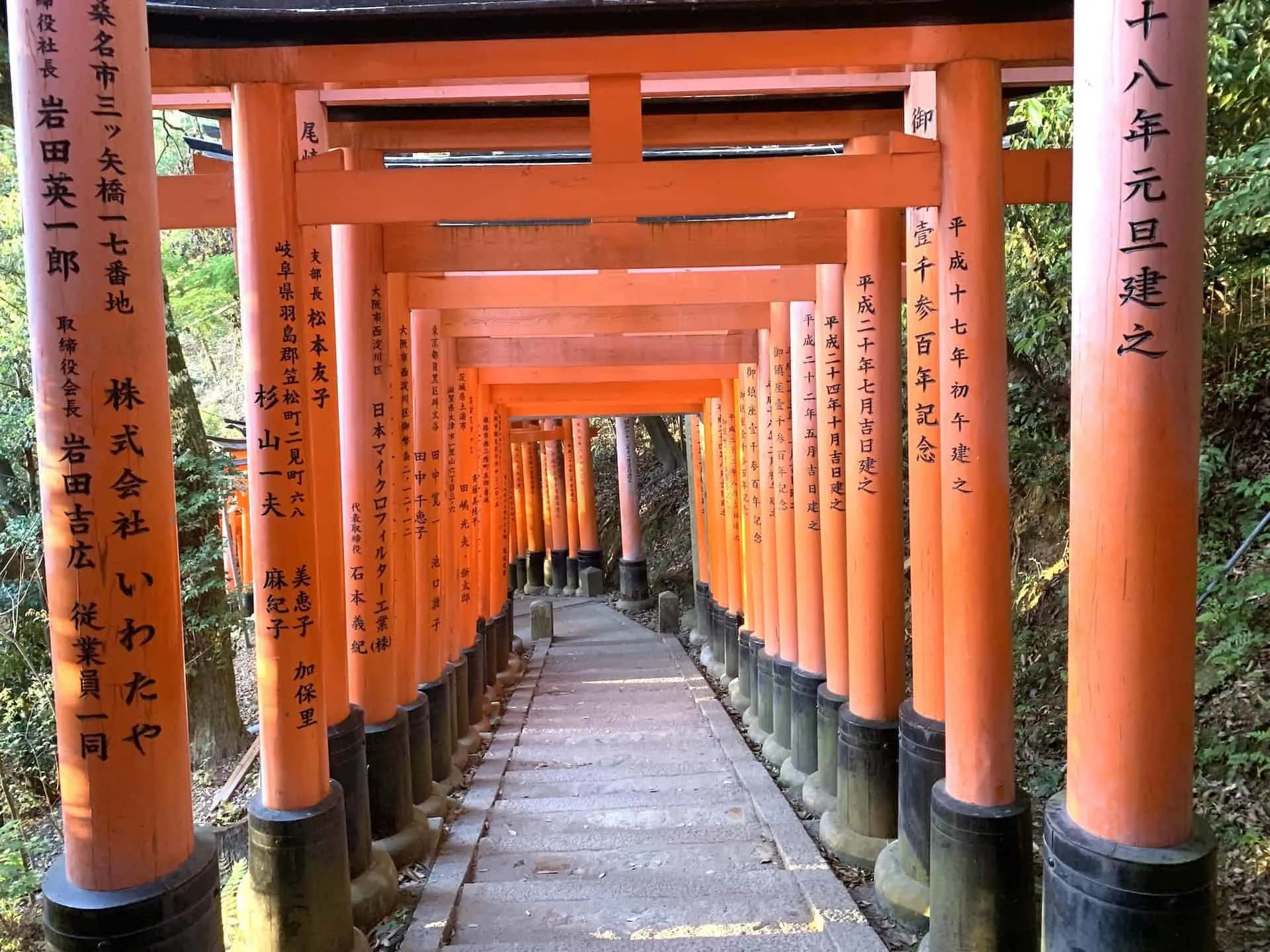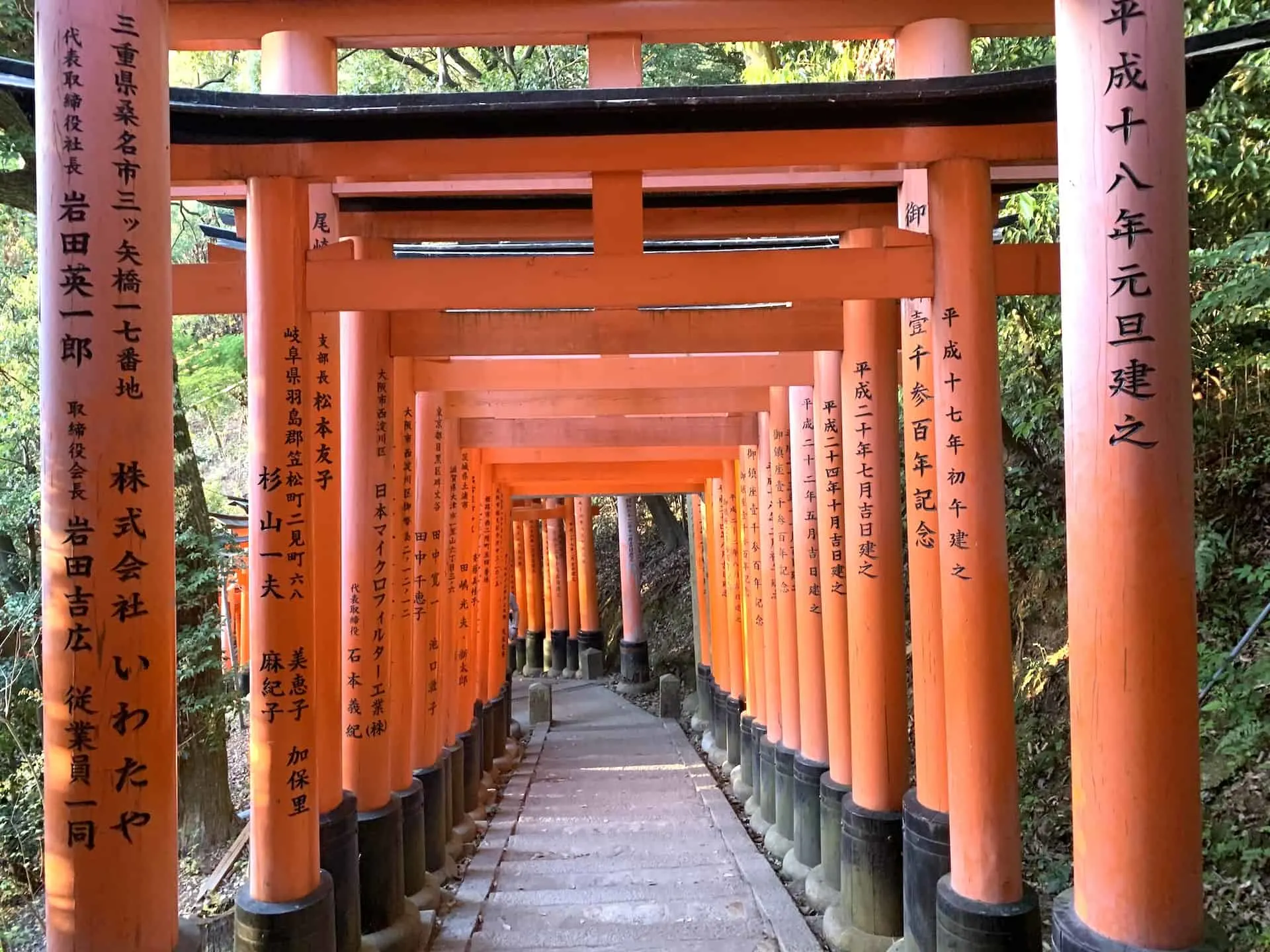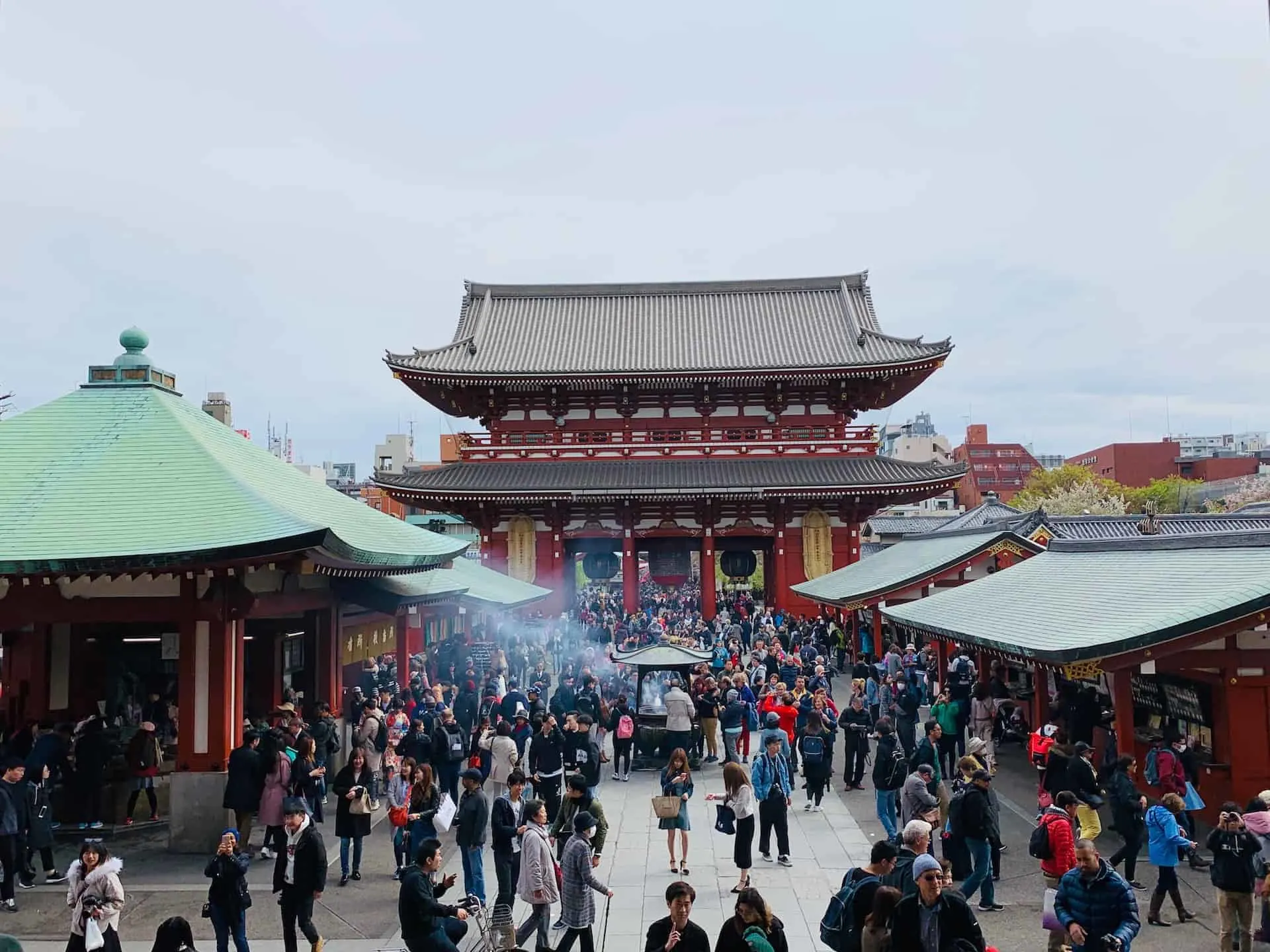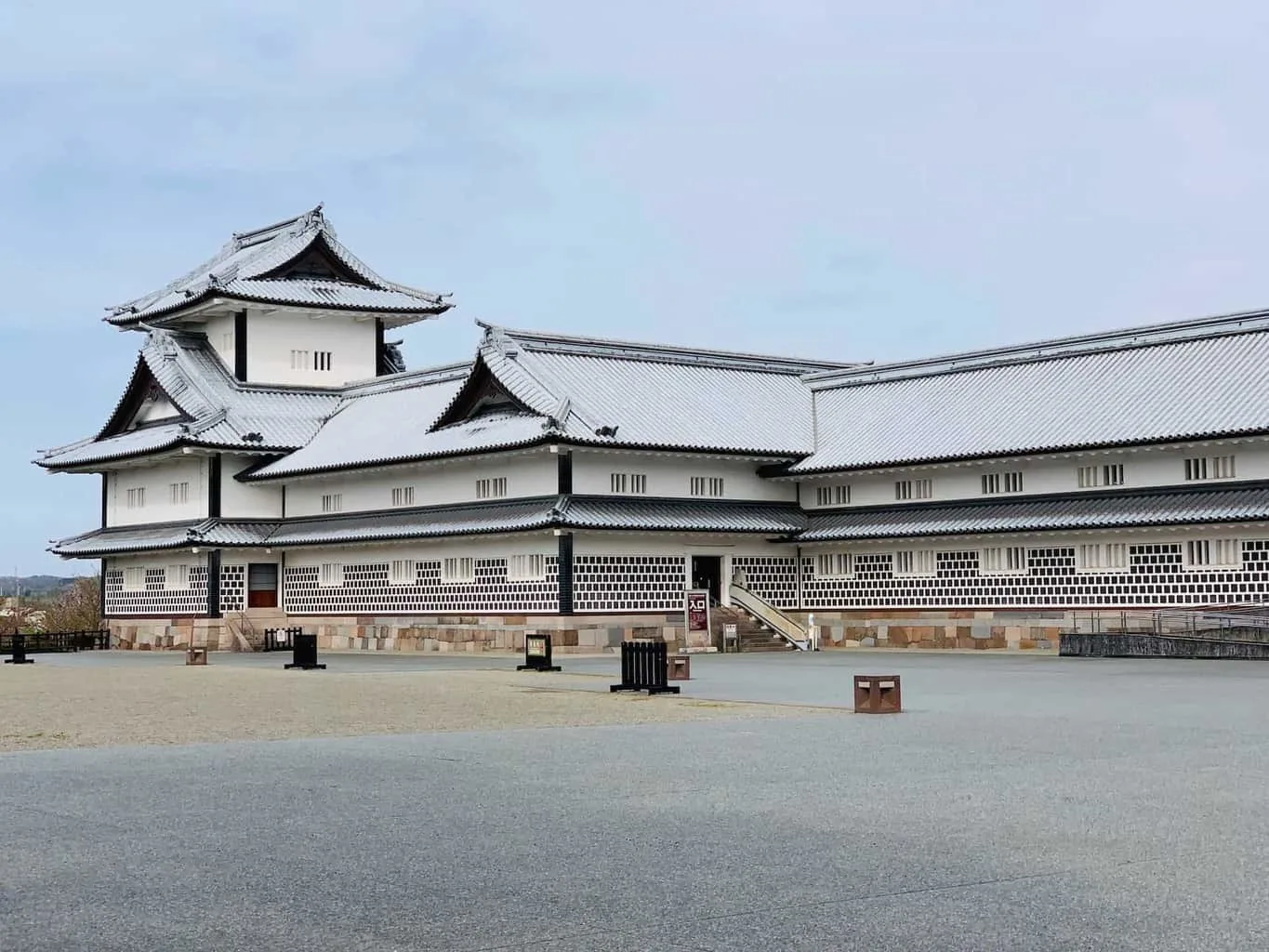When it comes to Japan, there are many things to know before you go that will get you prepared for your trip. From the various transportation options to etiquette differences, these 16 Things to Know Before Visiting Japan will help you out with all of that and more. So if you planning a trip there and want to learn about some of these travel tips, read on for more!
* Affiliate Disclosure: This post may contain affiliate links, which means I may receive a commission if you make a purchase through the links provided, at no additional cost to you. Thanks for supporting the work I put into TripTins!
Tip #1: Should You Get a JR Pass
One of the top questions that is asked while planning a trip to Japan is whether or not one should buy a JR (Japan Rail) Pass.
For the most part if you will be in the country for more than a few days and plan on starting in Tokyo, heading down to Kyoto and then back to Tokyo, then purchasing a JR Pass will help you greatly as you travel around.
You will not only save some money but you will also be able to use a JR Pass to get from city to city and to an extent within cities as well.
On the other hand if you are starting your trip by flying into Tokyo and flying out of Osaka for example, it is possible that a JR Pass will not be worth the cost. It all depends on how many trains you decide to take and where you want to go.
To know for certain whether or not you will be saving money head on over to Hyperdia (the Japan rail site) and use the search box on the left hand side of the page to understand the costs for each leg of your trip (when doing so uncheck the “Nozomi / Mizuo / Hayabusa (Shinkansan)” and “Private Railway” boxes under more options as those trains are not part of the JR network).
Here is a quick example – I searched for the route from Tokyo to Kyoto and came up with the below results.
As you can see circled in blue is the price for a one way ticket in Standard Class (Green Class is the first class option) – 13,600 JPY, meaning a round trip is 27,200 JPY. A 7 day JR Pass in Standard Class is 29,110 JPY.
So just with that round trip alone you are nearly at the price of a JR Pass ticket.
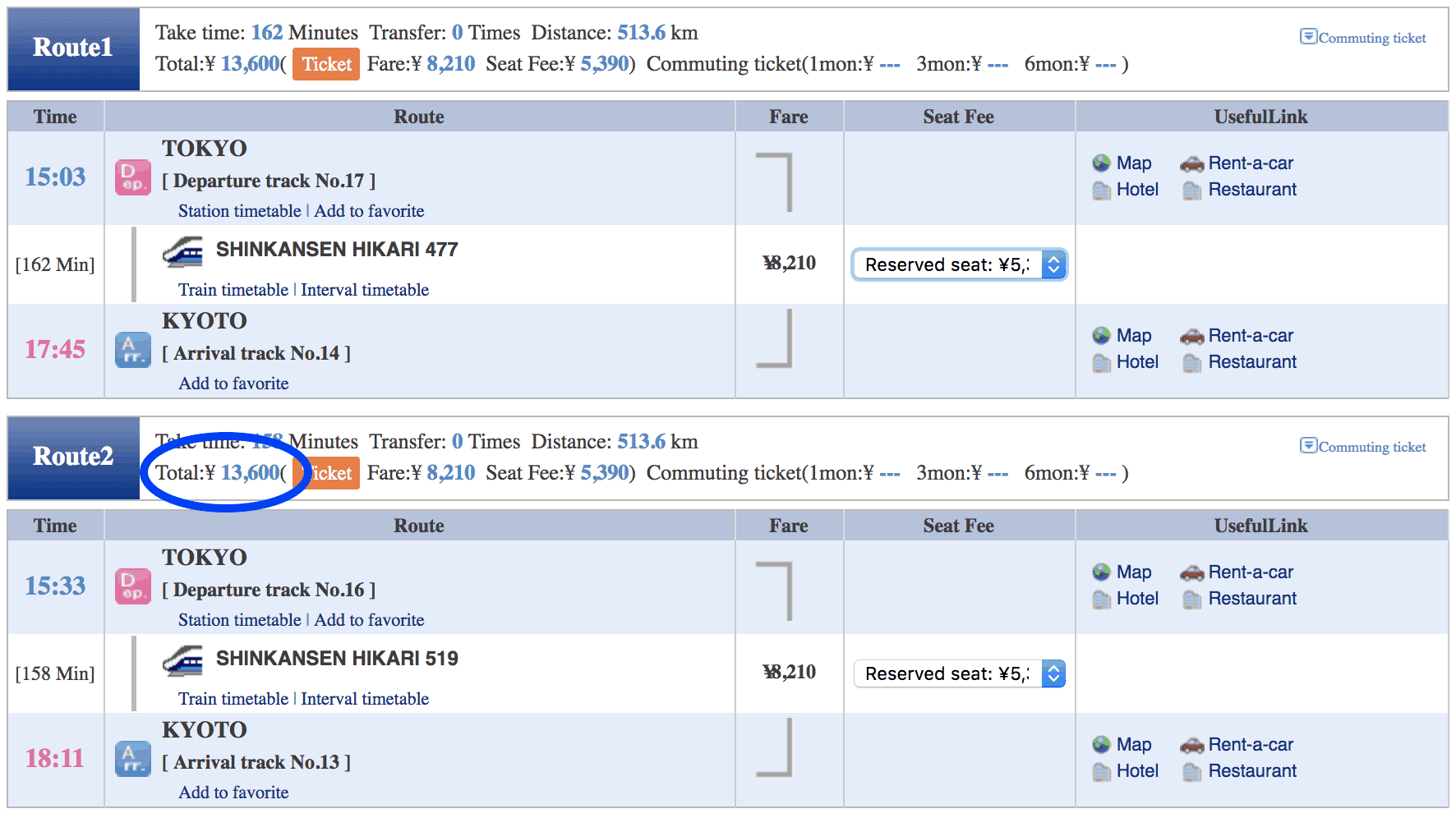
So if you figure out a JR Pass is worth it here is some more helpful info all about the pass…
BEFORE you go on your trip you must purchase the JR Pass. You can choose options such as a 7, 14, or 21 day unlimited use pass.
You can order through an official online vendor and will soon receive a voucher in the mail. Once you arrive in Japan you can then go to any JR counter, which are in nearly every station and the airport, and exchange the voucher for the actual JR Pass.
JR Pass Prices (Green First Class in parentheses):
7 Day: $268 ($357)
14 Day: $426 ($581)
21 Day: $546 ($755)
Reserving Seats
The idea of reserving seats on trains can get a bit confusing. For longer trips between major cities on a Shinkansen for example (Tokyo to Kyoto – same search as the one above), there will be an option for a reserved seat and unreserved seat – drop down under “seat fee” in the image above.
For the reserved seats you will have to get tickets beforehand. This will guarantee you a seat on the train and you will not have to worry about finding seats in the unreserved section (especially good if you are with several people and want to sit together).
On other shorter trains such as Kyoto to Osaka there will be some train options where you can reserve a seat and others where reserving a seat is not an option at all.
So if you do want to get a reserved seat, once you know which train/date/time you will be taking, just head on over to a JR station, show them your pass, and let them know what reservation you will like to make.
If you know all of these ahead of time, you can easily get these tickets when you first pick up your JR pass. This way you will not have to worry about picking up tickets during your trip. If you are taking a train without a reserved seat, you can just board the train (unreserved section) and find any available seat. If there are none available you can stand or get on the next one.
Lastly a quick note – as mentioned earlier you must uncheck the “Nozomi / Mizuo / Hayabusa (Shinkansan)” and “Private Railway” boxes when searching for trains on Hypderdia.
When traveling within a city and looking at timetables/schedules/Google Maps, make sure you are looking at a JR specified route. Odds are there will be routes within cities not covered and you will have to buy separate local train/subway tickets to get around.
Tip #2: Understanding IC Cards
Even if you have a JR Pass handy already, an IC Card (Pasmo, Suica, ICOCA) can come in very handy during your time in Japan.
Since the JR Pass does not cover many train/subway/bus lines within cities, having a IC Card will be super helpful.
Essentially it is just a reloadable prepaid card that can be used on trains, busses, vending machines, 711’s, among other places throughout the country. Instead of constantly buying individual subway or bus tickets in a city, just swipe and go with your IC Card.
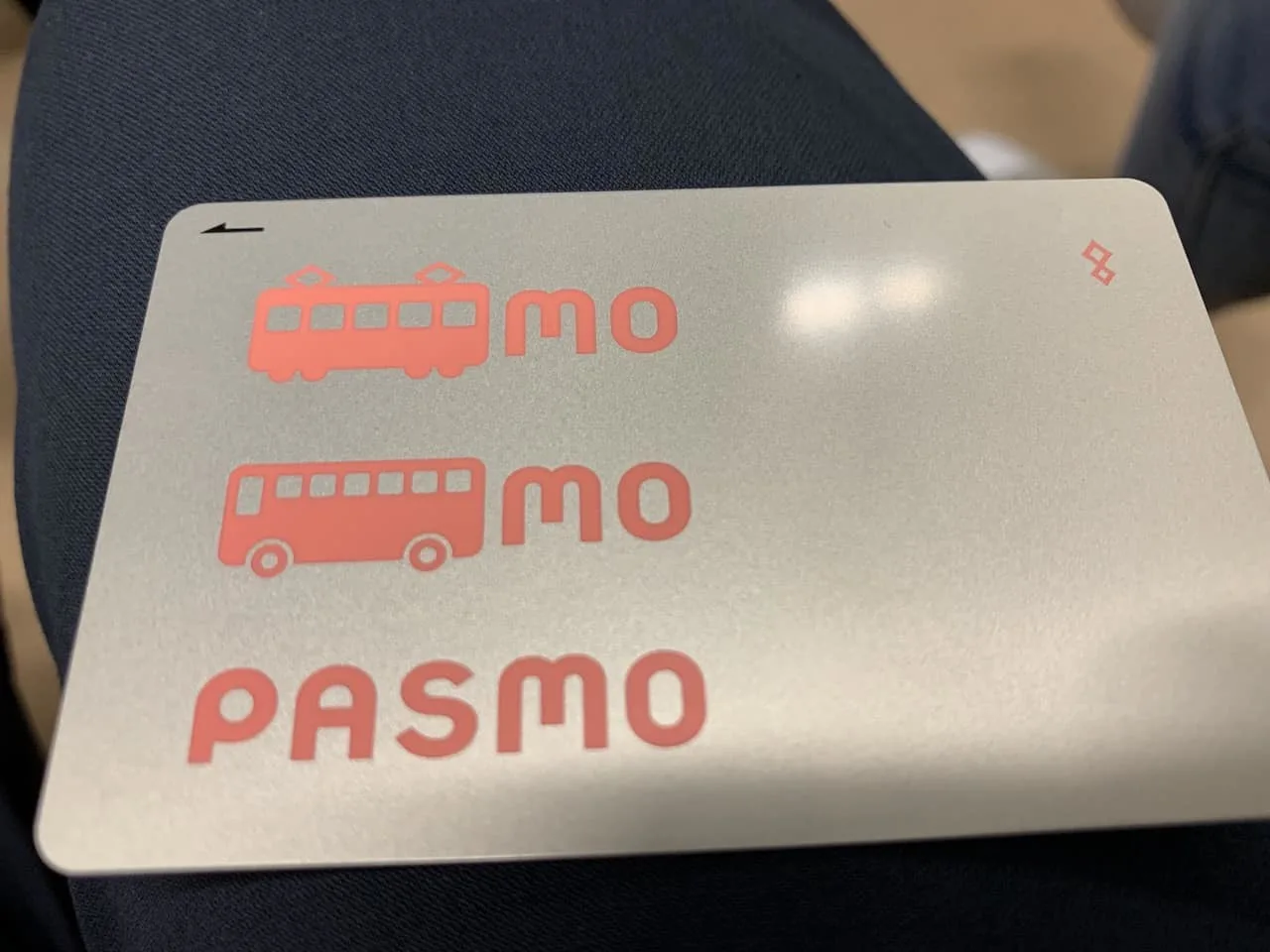
A Couple Quick Notes:
– Pasmo and Suica cards can be bought in the Tokyo region while ICOCA can be bought in the Kyoto region. You can however use these cards all over the country – not only the region it was purchased in.
– These cards to require a 500 JPY deposit and they only can be returned in their respective regions (i.e. you can only get the deposit back from a Suica card if you return it in Tokyo). If you move on and are not able to return it, you will just lose the 500 JPY and have a souvenir to take home instead.
– If you are in a situation that you use an IC card for a subway and you then realize you do not have enough money on your card, there are “reload machines” right nearby the exit turnstiles. So even if you do not have enough money on the card, do not worry as you can always add some more once off the train.
Tip #3: Carry Cash
If there is one thing you should have no shortage of, it is CASH.
Japan is very much so a cash based society and there are not too many places around that accept credit cards (besides hotels, higher end restaurants, convenience stores and some train ticket vending machines, etc.).From street food to souvenir shops, you will need to have cash on hand.
With that said, be prepared for a lot of coins! The currency has coins until 500 JPY increment (~$5 USD), so you will have more coins than you would expect to carry around.
TIP: use your coins to refill your IC Card!
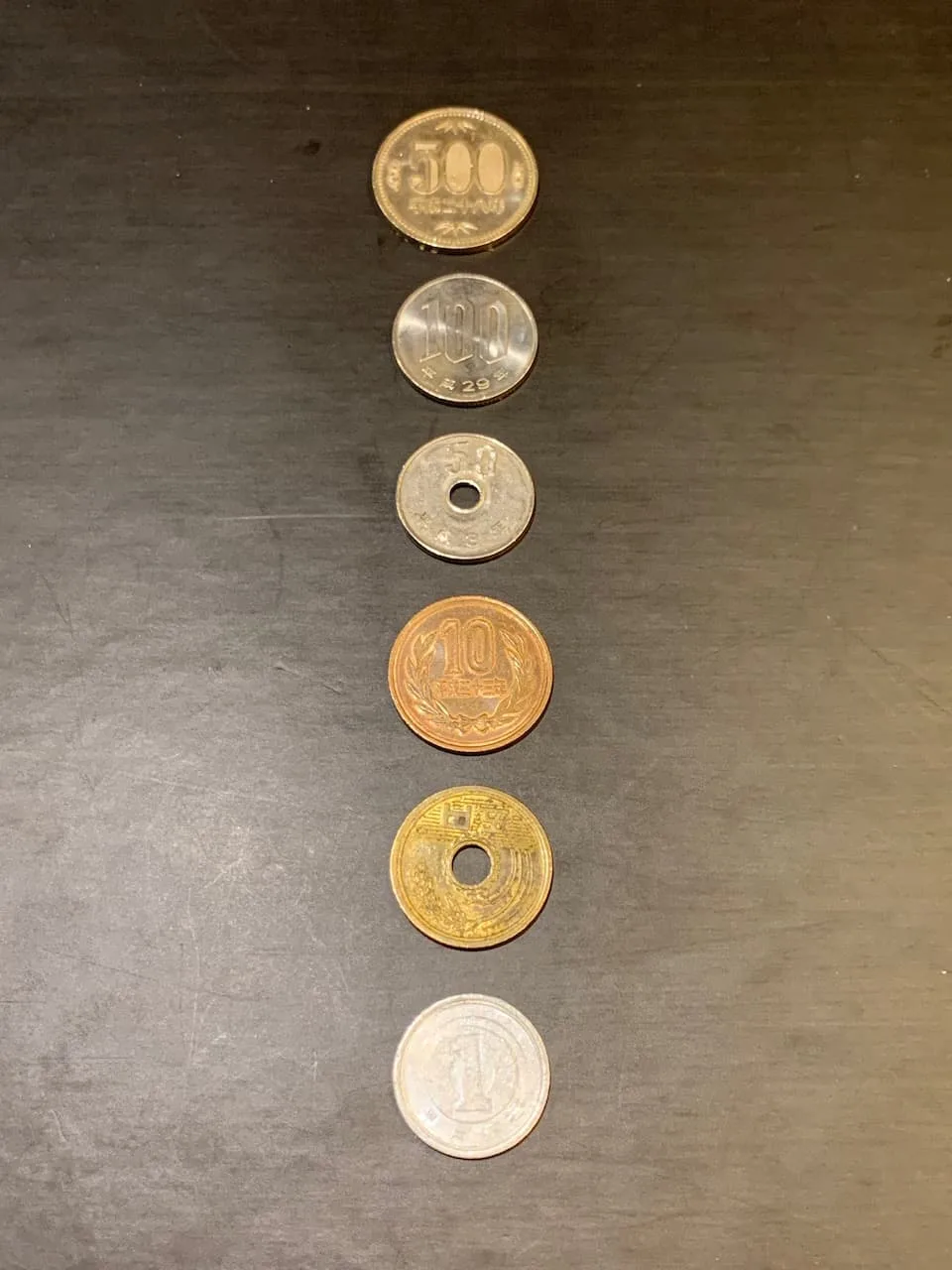
Tip #4: Japan is Clean!
Japan is extremely clean. I mean I don’t think I saw one piece of trash on the ground anywhere during my trips there.
The surprising thing to note though is that there are barely any trash cans to be found! This means you will need to hold onto your trash until you find somewhere to throw it out.
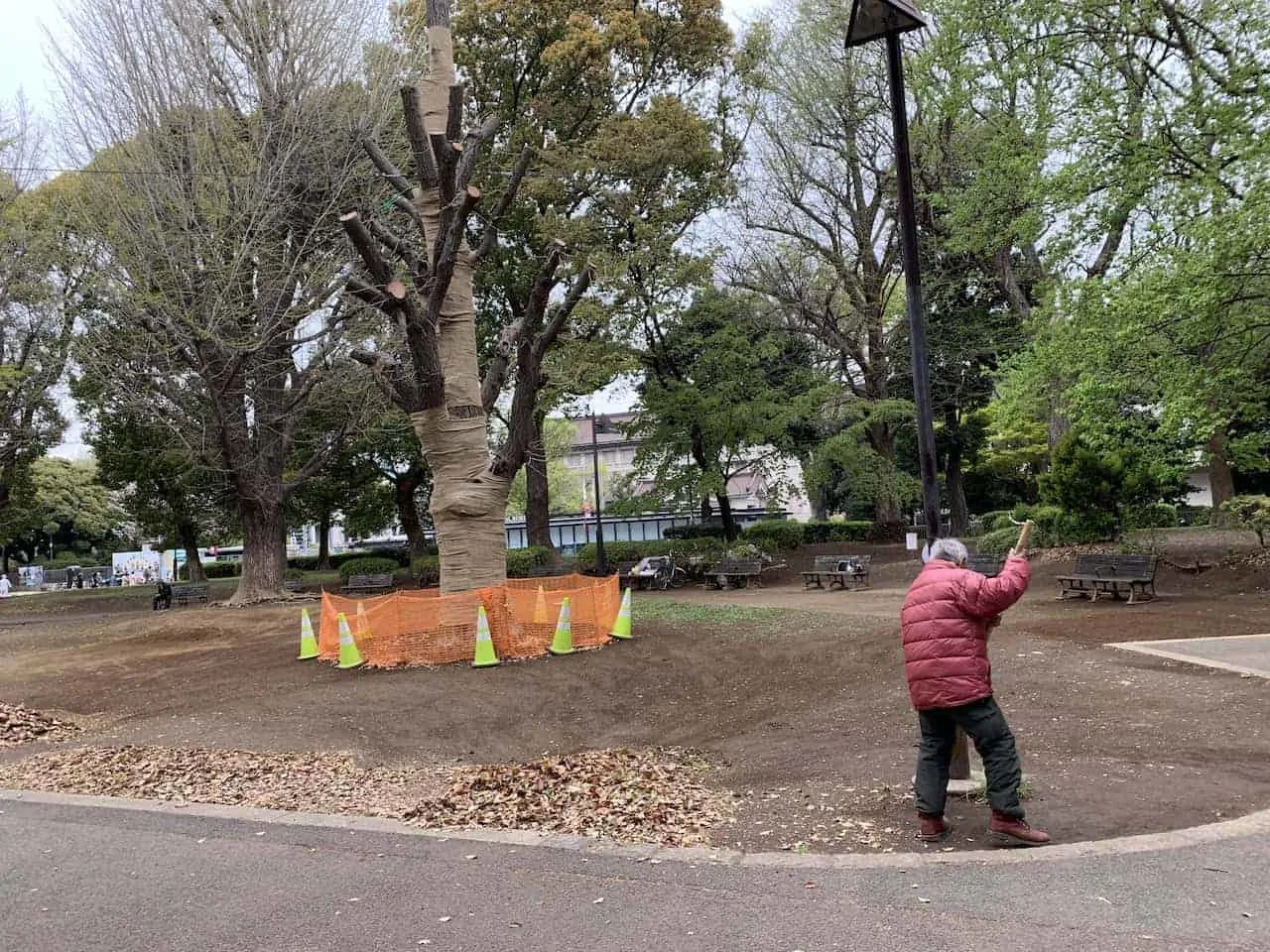
Tip #5: Train Station Tips
Be on the lookout for some of the below during your time in Japan
- When walking around train stations, be on the lookout for which side of the walkway you should be walking on. Sometimes it is on the left, sometimes it is on the right. It all depends on the flow of foot traffic in different areas of the station.
- If you are inputting directions on Google Maps, you may see on the app that it tells you an Exit # for the train station. At some stations there are 30+ exits to choose from as the underground walkways are very well connected in the city. By following the Google Maps exit you will not need to worry about walking more than needed once outside the station.
- Especially in Tokyo, you will find very solid WiFi connection when underground. So if you do not have connection and need to get online, do not worry as the WiFi should get you there.
- If you are taking a subway with a connection, it is possible that you will need to exit the turnstiles (swipe your IC card or show your JR Pass), and then re-enter a different set of turnstiles in the station. The reason this happens (mostly in Tokyo) is because many of the train lines are independently operated. So if you take two differently owned subway lines on one route, you will need to exit and re-enter.
- When you buy a train ticket, whether it be one for just a quick subway or a longer route (and you did not use an IC or JR Pass) be sure to keep your ticket with you the entire time until you exit the station at your destination. You will need to insert your ticket through the turnstile in order to exit.
Tip #6: Know When Attractions Are Closed
Although there are many well known attractions all over Japan, that does not mean they are always going to be open every day of the week.
When planning out your trip be sure to check each place’s opening hours to give you a better idea what may be closed on a certain day. This goes for anything from temples to markets – you do not want to travel all the way to a place just to see it closed!
Tip #7: How Much Do Temples Cost
As you make your way through Japan I am sure you come across your fair share of temples. Most of these temples will require a fee to enter and it will cost anywhere from 100 JPY – 500 JPY for each.
Do not feel like you must visit each and every one that you come by, but do some research on the ones that you definitely want to visit!
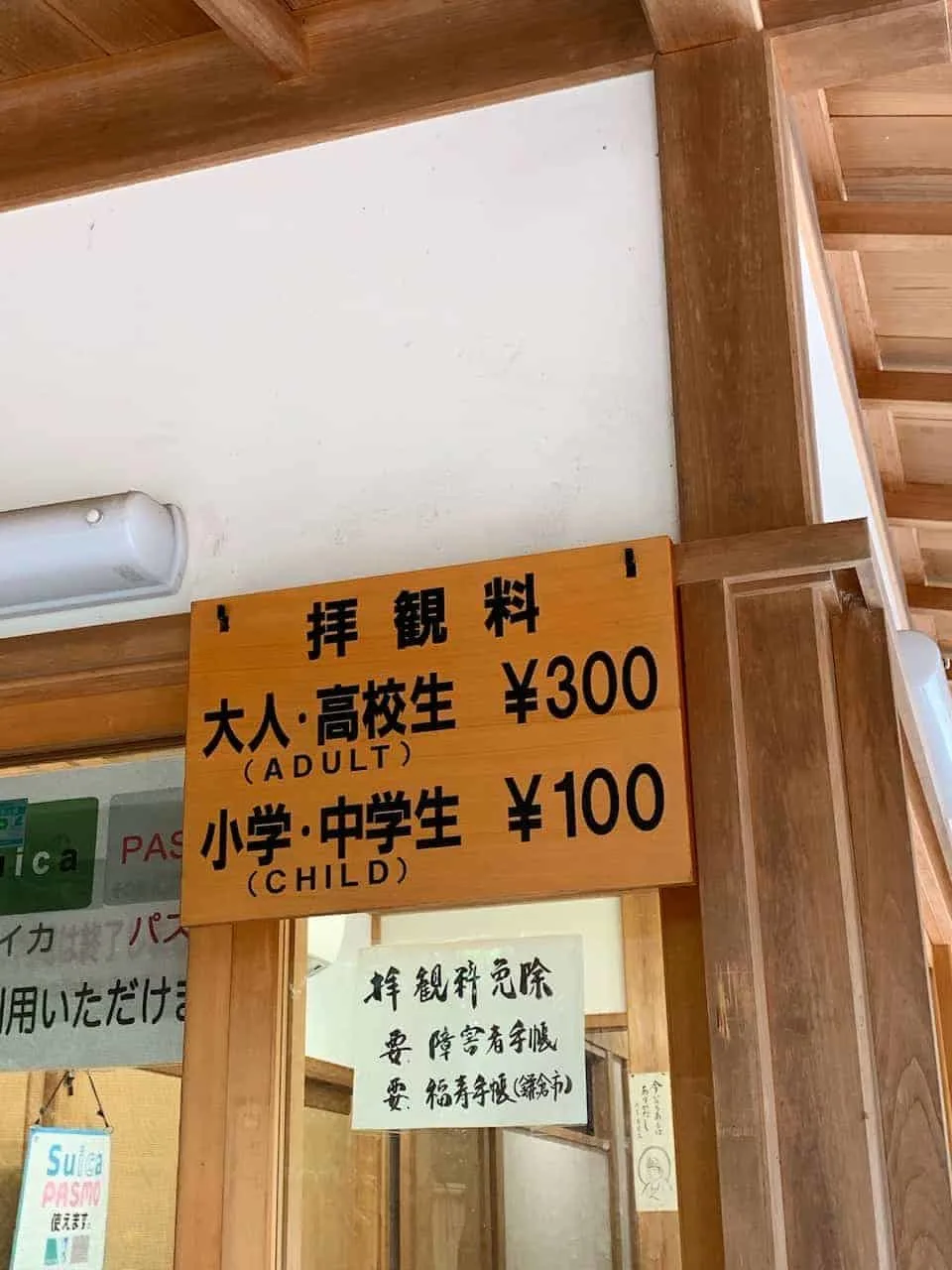
Tip #8: Utilize Lockers
One of the most useful things that I utilized in Japan was its luggage lockers. There were a couple times during my trip when I had a pit stop in a city before moving on to another destination for the night.
In these instances, I would go find a luggage locker at the station to store my baggage in before exploring for the day and then picking up the luggage at day’s end.
You can usually find different sized lockers and different price points and they will be somewhere in the 200 JPY – 500 JPY range.
Also note that some lockers you can use your IC card at while others are coin based only so just be prepared either way.
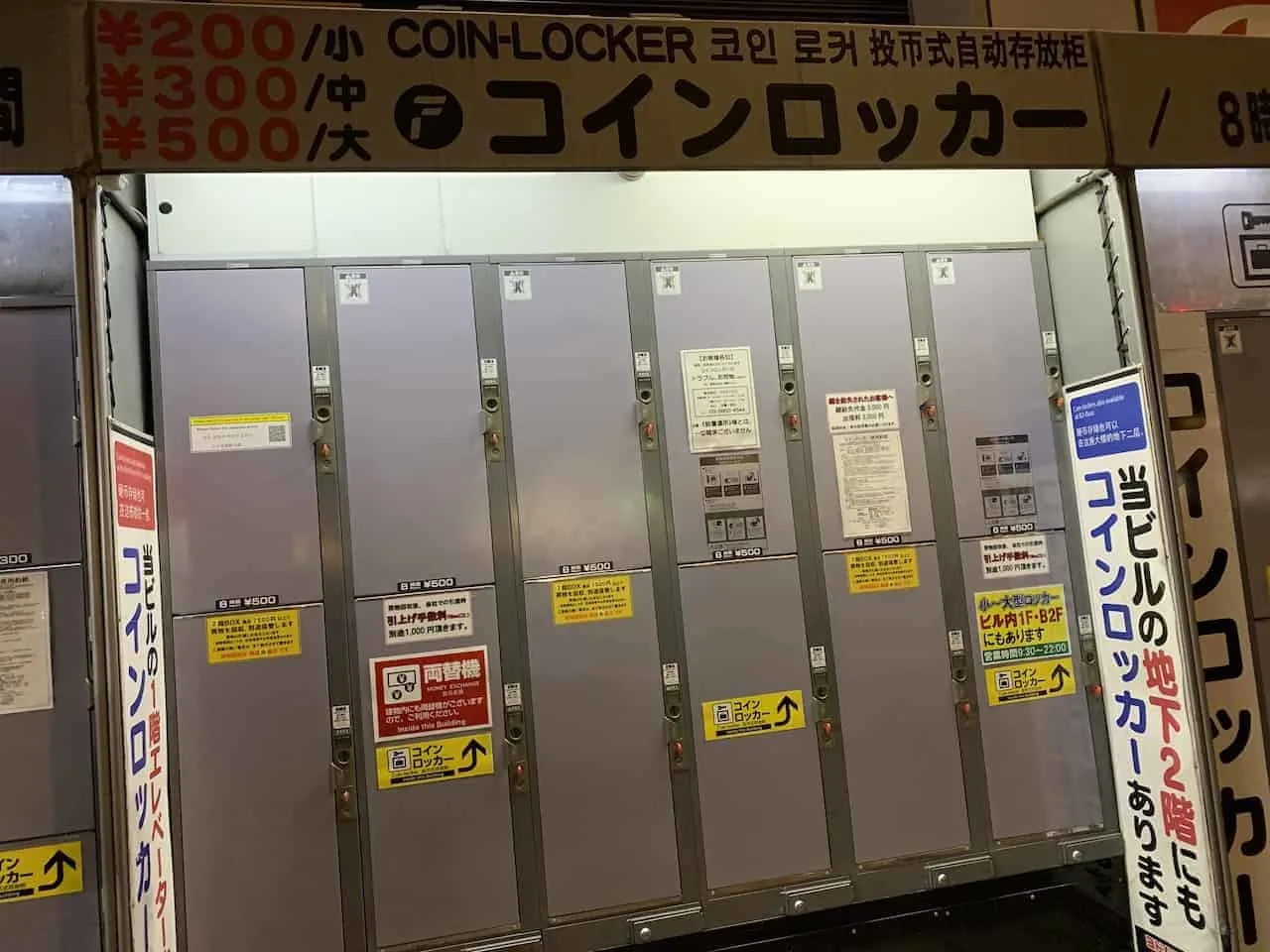
Tip #9: Want to Eat at a Good Restaurant
While TripAdvisor helps to an extent, it is not the only thing you need to listen to when choosing a restaurant. If you want a good meal, walk around until you find one with a line coming out the door.
Believe me, the line is there for a reason and it usually means the wait will be worth it. Don’t want to wait in line? Well then just take note of the restaurant and come back earlier on the next day.
Tip #10: Don’t Expect Much English
While there is a lot of English throughout train stations for example, there is just not a lot of English spoken throughout the country by locals.
Whether it be in a restaurant or at an attraction, English is just not so common. Your best bet here though is to download the Google Translate app, which can better connect you with locals to an extent.
Using their image processor can also help out when ordering from a menu without English translation.
Tip #11: Take Off Those Shoes
If it is in a teahouse, restaurant or business you will come across many places that ask you to take off your shoes before entering.
It is not something you might think of on a daily basis so just be mindful of this of when you enter, as each establishment will have different rules.
Tip #12: Don’t Smoke in the Street
While in most other cities around the world you are able to just smoke a cigarette anywhere outside on the streets, that is not the case in Japan.
Throughout cities you may see designated glass enclosed smoking areas. Head over to one of these if you want to have a smoke as you can get fined if you smoke on the street.
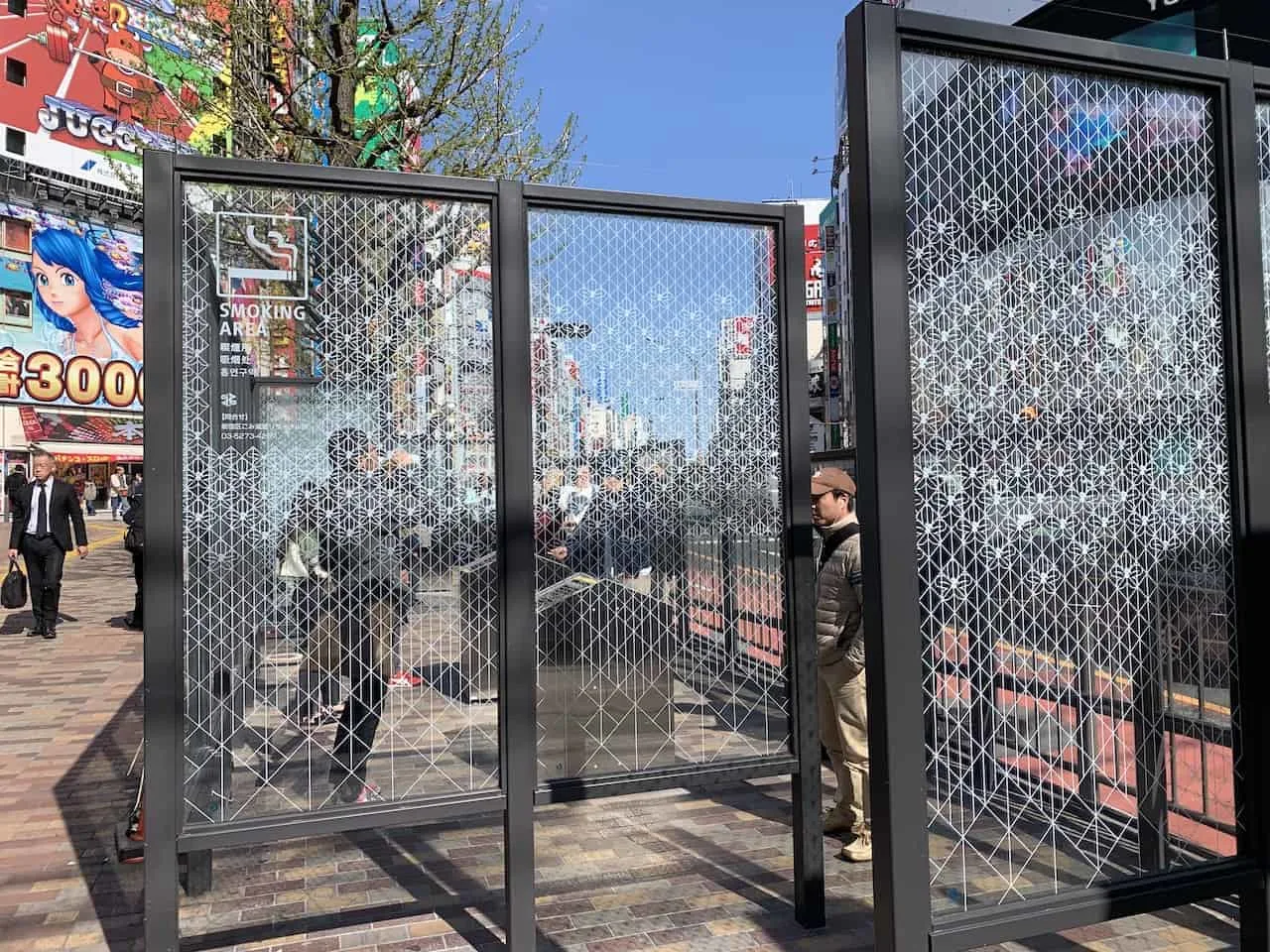
Tip #13: A Tip About Tips
One question that always comes up when visiting a country is whether you should tip at restaurants or not. In Japan it is not customary to tip.
If you try to do so you will probably come across situations where the tip will actually be refused. So whatever the bill says is the total amount you will need to pay.
Tip #14: Vending Machines are Everywhere
You will come across A LOT of vending machines throughout Japan. Usually these will just be full of a variety of different hot and cold drinks but you may also come across a bunch of others including anything from ramen to clothing. And don’t forget you can use your IC card at many of these too!
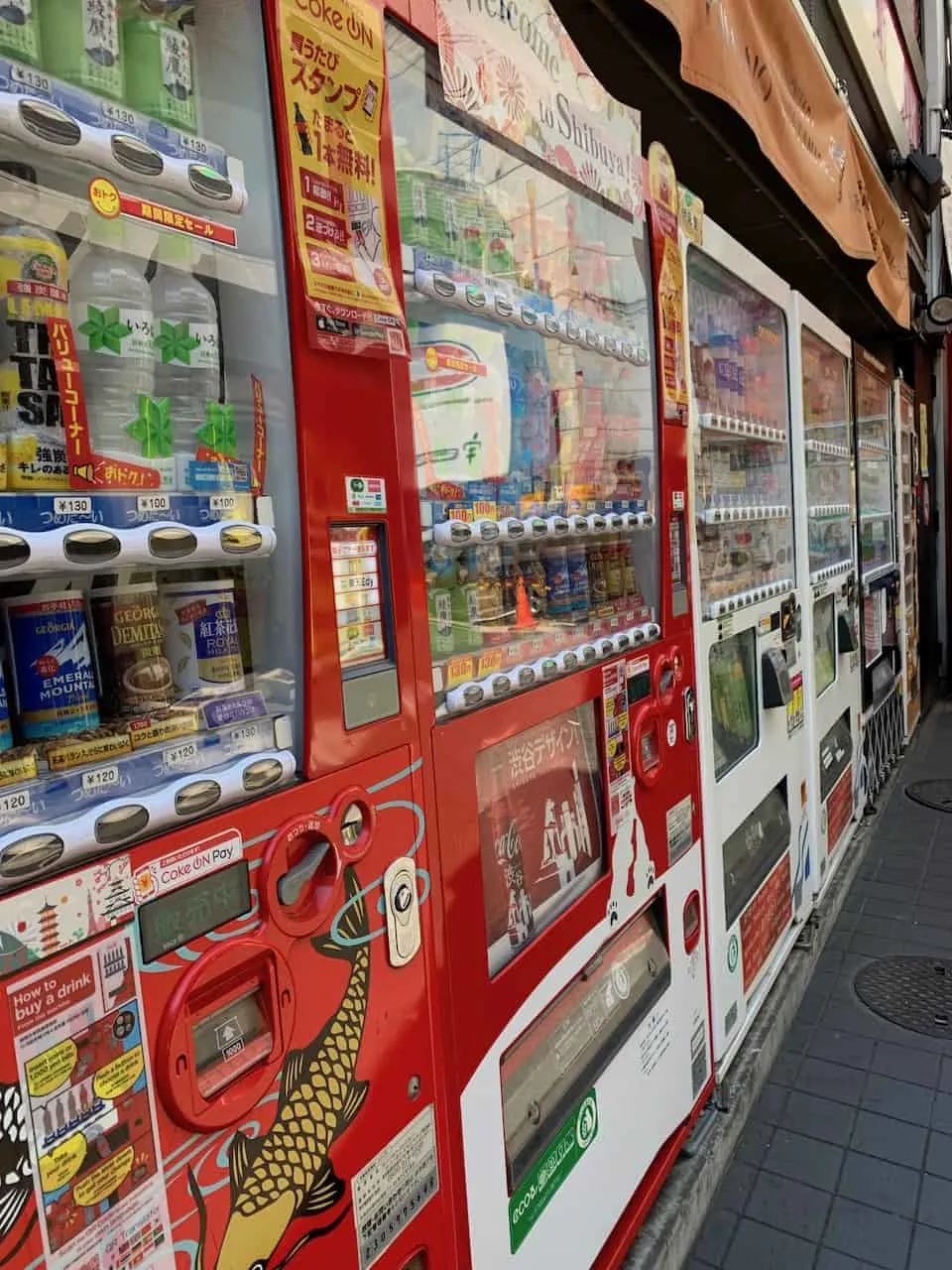
Tip #15: 711 is More Than a Convenience Store
In Japan you are bound to see 7-11 stores all over the place. When you think of a 7-11 you probably just think of a place to grab some water or snacks.
However, the 7-11’s in Japan are used for much more than that. You can find an array of different hot/cold breakfast and lunch meals throughout the store that are actually good! If you are in a rush or just do not want to have a sit down meal, 7-11 has you covered.
It is also great because for the most part Japan is an expensive place to visit. Having a $5 meal from a 7-11 can definitely save you some cash while still giving you a pretty solid meal.
On top of that you can try some very interesting looking Japanese snacks, buy any needed clothing essentials, purchase tickets to baseball games and get free wifi!
Tip #16: Send Your Luggage
One very convenient option that Japan offers is a door to door luggage delivery service called Takuhaibin. While prices to send luggage from one destination to the next might cost a bit of money (around $20 a piece), it can make life much simpler when constantly on the move from city to city.
By speaking with your hotel’s concierge, they will be able to set up a pickup directly from the hotel and once you arrive at your next destination your luggage will already be waiting for you.
So for example if you are traveling from Tokyo to Kyoto in the morning and don’t want to waste time checking into your hotel and dropping off luggage, you can easily just get your day started once you get off the train.
It can also be helpful if you are just staying in one a place for a night (Hakone for example) and do not want to bring all your luggage with you – rather just send through your luggage to the next city after Hakone.
That about does it for 16 Things to Know Before Visiting Japan. If you think of any that I should add to the list or if you have any questions, write them in below! Feel free to also check out some other Japan itineraries and guides up on the site. Safe travels!


